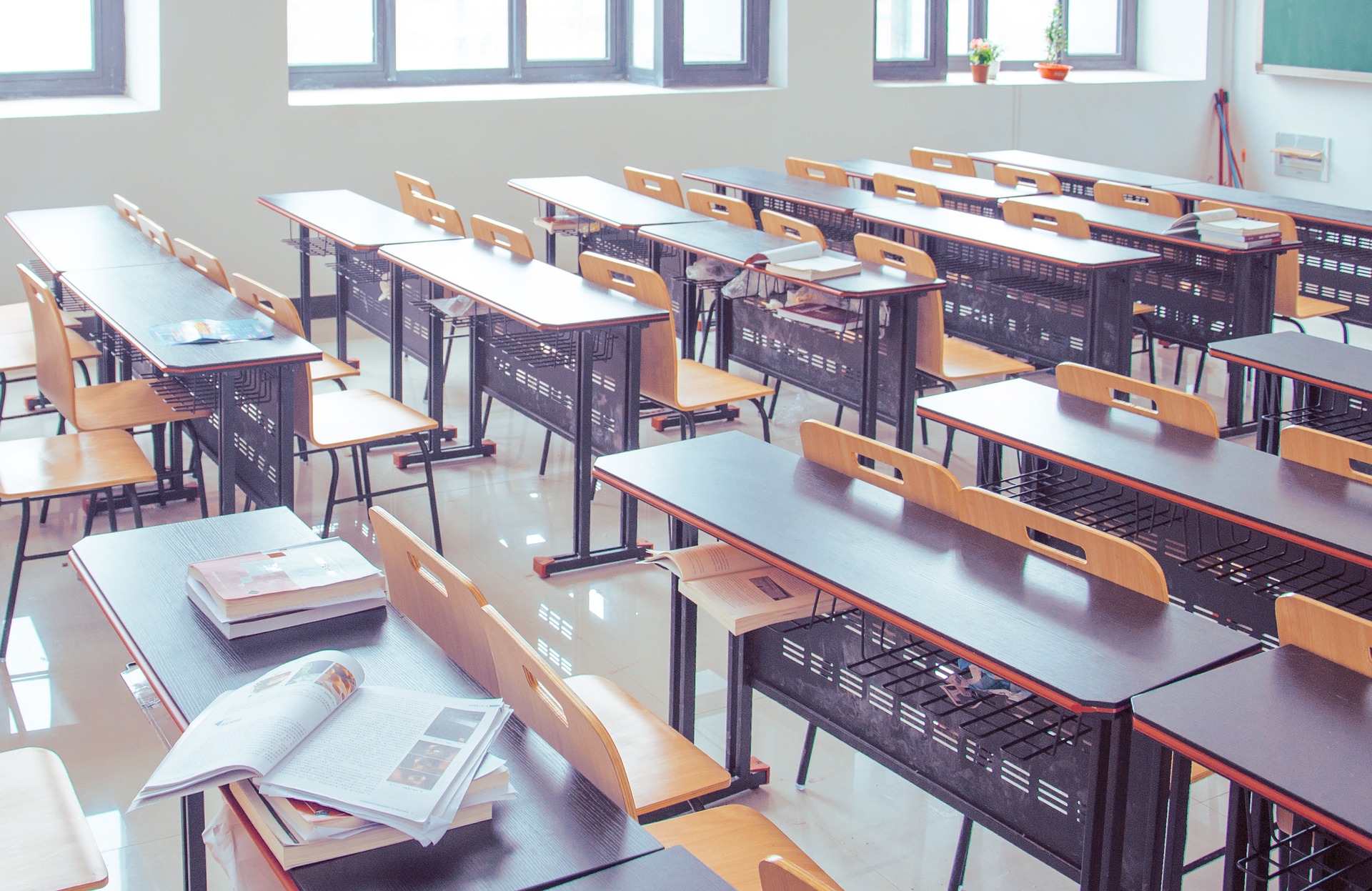The concept of using more languages in class reflects the experience of multilingual children, who use the practice of alternating between two or more languages in a very sophisticated way. This act is called translanguaging and it is an important part of learners’ plurilingual competence. Yet, some fear that this practice could cause confusion and impede the learning process.
The use of two or more languages is NOT harmful to learners
The parallel use of different languages in a given class is often avoided, even within bilingual education. Some may believe that it might make learning more effortful, because receiving information in a mixed-language context might slow down the process of understanding as compared to a monolingual context. Nevertheless, there has been no concrete evidence supporting the assumption that the simultaneous use of more languages is harmful to the process of learning (1). If anything, research shows that planned and responsible use of translanguaging can have significant educational advantages (2).
The benefits of multilingualism are manifold
Quite the contrary, the scientific evidence gathered so far supports the idea that gaining understanding and knowledge is potentiated through the use of two languages in a variety of ways. When different languages are used to introduce or transmit information, they act as different information channels, expanding working memory and potentially helping knowledge consolidation in the long run. So, instead of confusing learners, the simultaneous use of different languages can enhance information acquisition. Indeed, the cognitive benefits of multilingualism are manifold: it develops metalinguistic awareness, promotes divergent thinking, and increases the ability to learn multiple languages (3).
Learners can use their whole linguistic repertoires
With the increase of linguistic and cultural diversity in European schools, the topic of multilingualism, including teaching and learning through a mixed-language context, are becoming more and more significant. Multilingual learners are constantly switching back and forth between different languages. More importantly, all learners have rich linguistic repertoires that they call upon in order to maximize their communicative and cognitive potential. In the aim of raising all students’ cultural and linguistic awareness, it is important to provide the students with plenty of opportunities to hear the lesser spoken language(s) in the community they otherwise would not have opportunities to hear.
Considering the evidence, teachers should become more linguistically sensitive and allow for plurilingual approaches that will make strategic use of their learners’ linguistic potential.
REFERENCES
(1) Antón, E., Thierry, G., Goborov, A., Anasagasti, J., & Duñabeitia, J. A. (2016). Testing Bilingual Educational Methods: A Plea to End the Language-Mixing Taboo. Language Learning, 66 (S2), 29-50. Retrieved from: https://onlinelibrary.wiley.com/doi/full/10.1111/lang.12173
(2) Baker, Colin. 2001 [1993]. Foundations of Bilingual Education and Bilingualism, 3rd edn. Clevedon: Multilingual Matters.
(3) See ref. 1; Bialystok E. (2018). Bilingual education for young children: review of the effects and consequences. International journal of bilingual education and bilingualism, 21(6), 666–679. Retrieved from https://www.ncbi.nlm.nih.gov/pmc/articles/PMC6168086/.; Garcia, O. (2009) Bilingual Education in the 21st century: A Global Perspective. Malden, MA and Oxford: Basil/Blackwell.



